Highlights
- Asus Zenfone 11 Ultra features a 6.78″ LTPO AMOLED display; Google Pixel 8 has a 6.2″ OLED screen.
- Zenfone 11 Ultra powered by Snapdragon 8 Gen 3; Pixel 8 runs on Google Tensor G3.
- Asus offers up to 16GB RAM and 512GB storage; Pixel 8 up to 8GB RAM and 256GB storage.
- Zenfone 11 Ultra boasts a 5500mAh battery with 65W charging; Pixel 8 has a 4575mAh battery with 27W charging.
In the world of smartphones, the competition is fierce. Two of the most anticipated releases of 2024 are the Asus Zenfone 11 Ultra and the Google Pixel 8.
Both phones offer impressive specifications and features, but how do they stack up against each other?
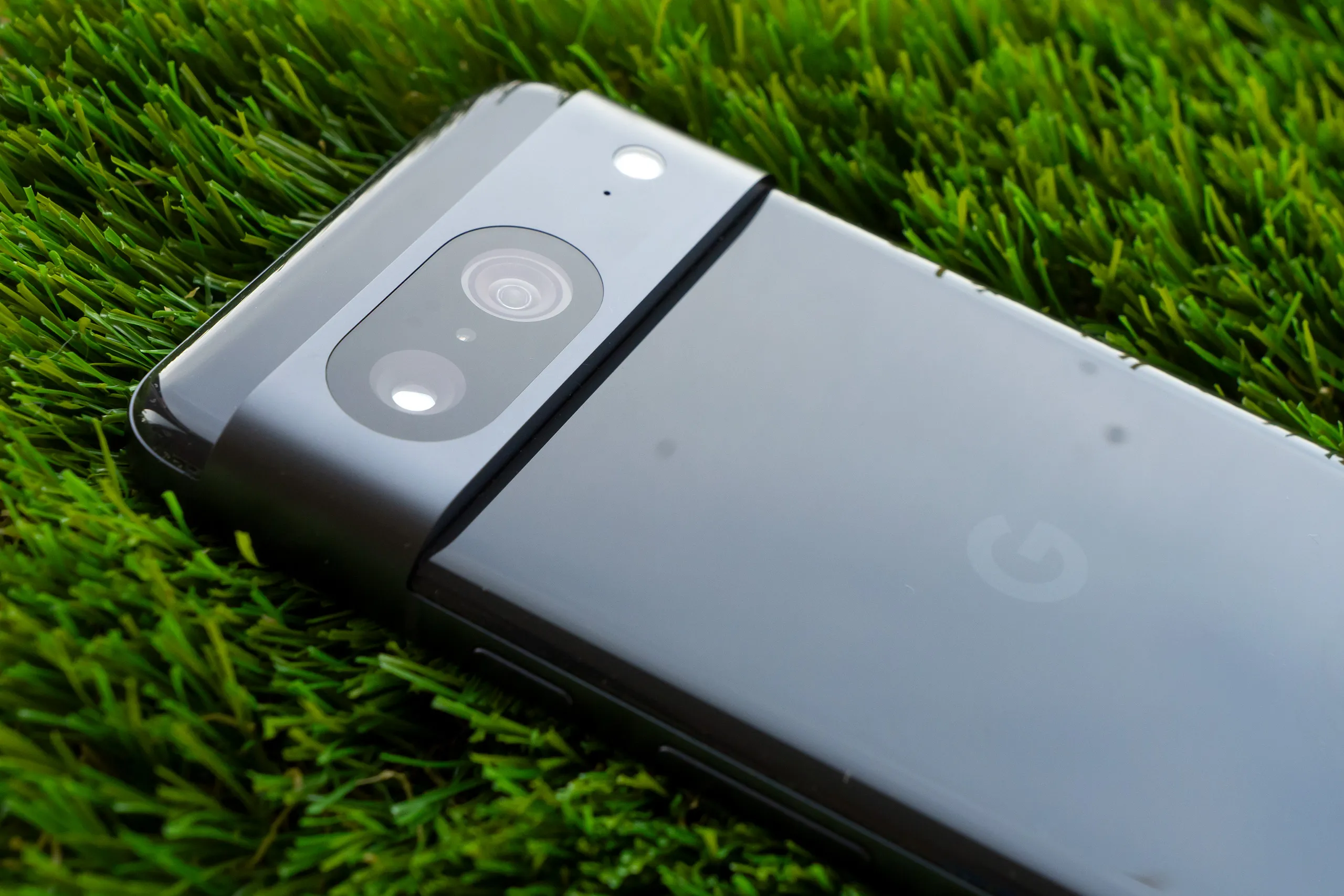
Let’s dive in and compare these two devices.
| Feature | Asus Zenfone 11 Ultra | Google Pixel 8 |
| Display | 6.78-inch FHD+ LTPO AMOLED, 144Hz | 6.2-inch OLED, 120Hz |
| Processor | Snapdragon 8 Gen 3 | Google Tensor G3 |
| RAM | Up to 16GB LPDDR5X | 8GB LPDDR5X |
| Storage | Up to 512GB UFS 4.0 | Up to 256GB UFS 3. |
| Main Camera | 50 MP + 32 MP + 13 MP | 50 MP + 12 MP |
| Selfie Camera | 32 MP | 10.5 MP |
| Battery | 5500 mAh | 4575 mAh |
| Charging | 65W wired, 15W wireless | 27W wired, 18W wireless |
Design and Display
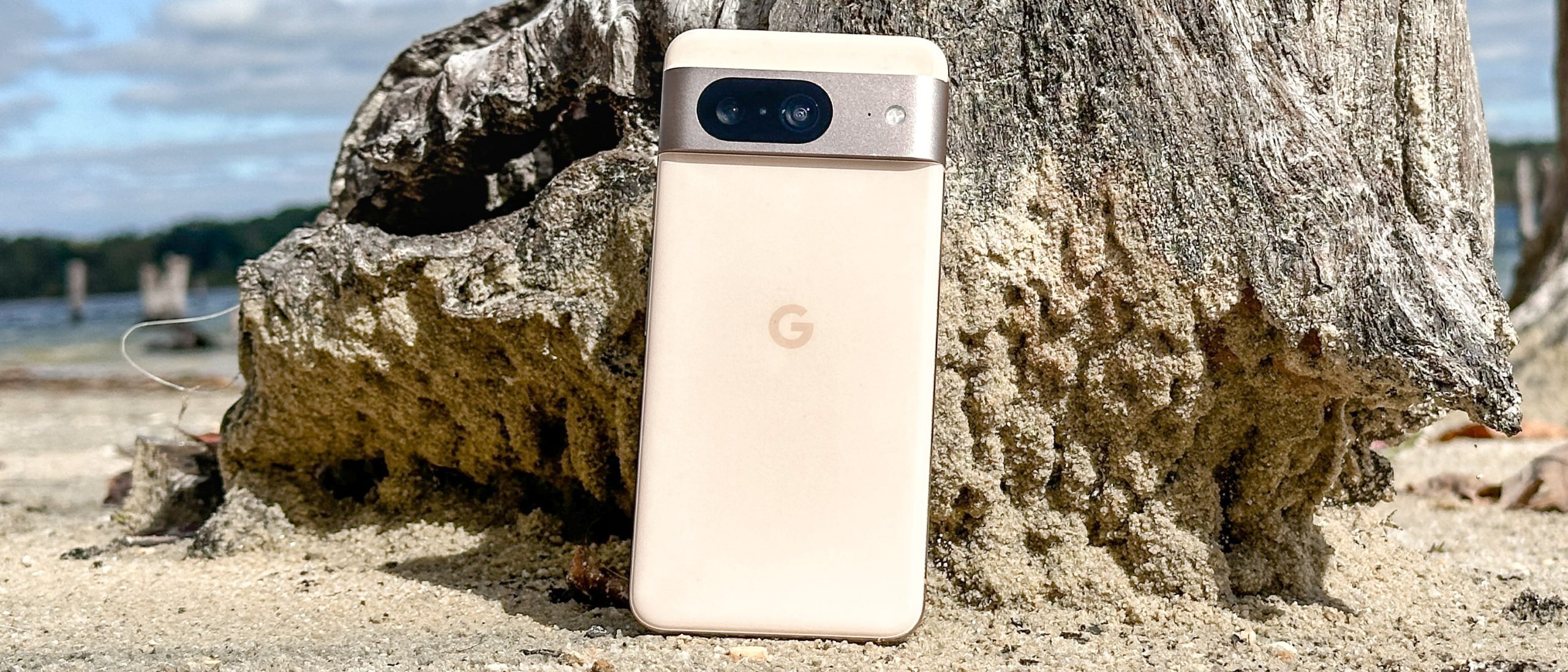
The Asus Zenfone 11 Ultra features a 6.78-inch FHD+ LTPO AMOLED display with a peak brightness of 2,500 nits and an adaptive 144Hz refresh rate.
The design includes a flat frame and a square-shaped camera setup.
On the other hand, the Google Pixel 8 comes with a slightly smaller 6.2-inch OLED display with a resolution of 1080 x 2400 pixels.
The Pixel 8’s display also supports HDR10+ and has a peak brightness of 2000 nits.
Performance
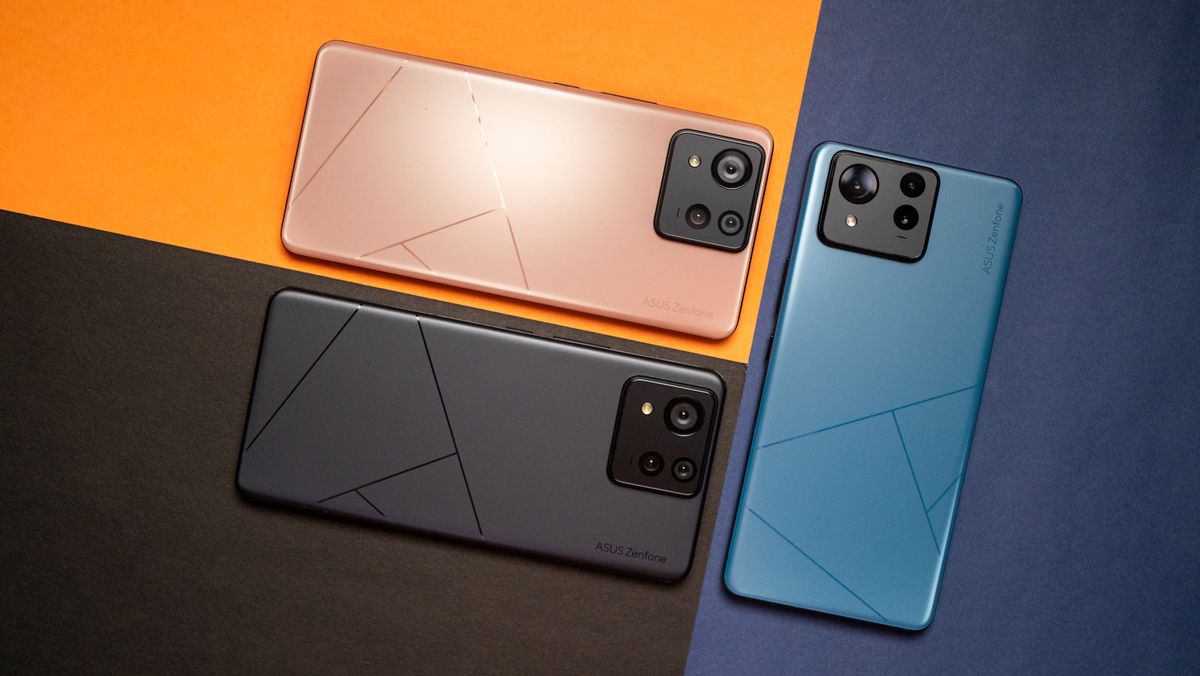
The Asus Zenfone 11 Ultra is powered by the Snapdragon 8 Gen 3 chipset, paired with up to 16GB of LPDDR5X RAM and up to 512GB of UFS 4.0 storage.
This makes it a powerful device capable of handling heavy tasks and gaming.
The Google Pixel 8, however, uses Google’s own Tensor G3 chipset.
It comes with 8GB of RAM and offers two storage options: 128GB and 256GB.
While the Tensor G3 may not be as well-known as the Snapdragon series, it’s designed to provide excellent performance, particularly in areas like AI and machine learning.
Camera
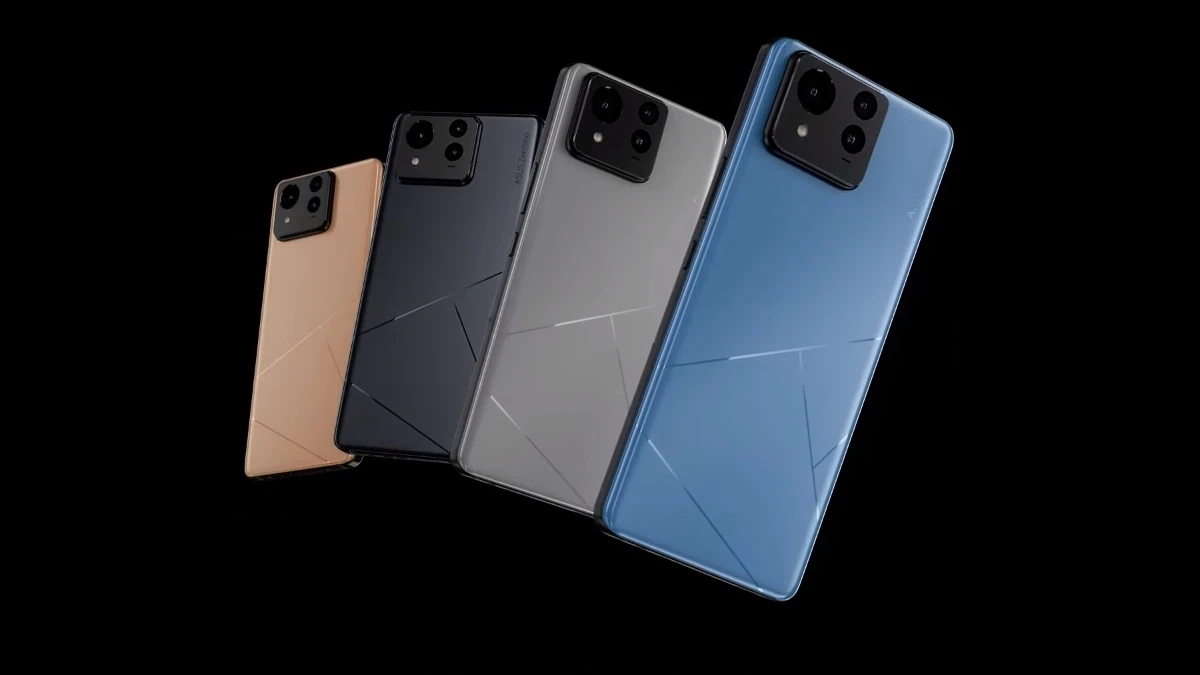
The Asus Zenfone 11 Ultra boasts a triple camera setup: a 50 MP main camera, a 32 MP telephoto lens with 3x optical zoom, and a 13 MP ultrawide lens. It also has a 32 MP RGBW selfie sensor.
The Google Pixel 8, on the other hand, has a dual-camera setup: a 50 MP main camera and a 12 MP ultrawide camera.
It also features a 10.5 MP selfie camera.
Battery and Charging
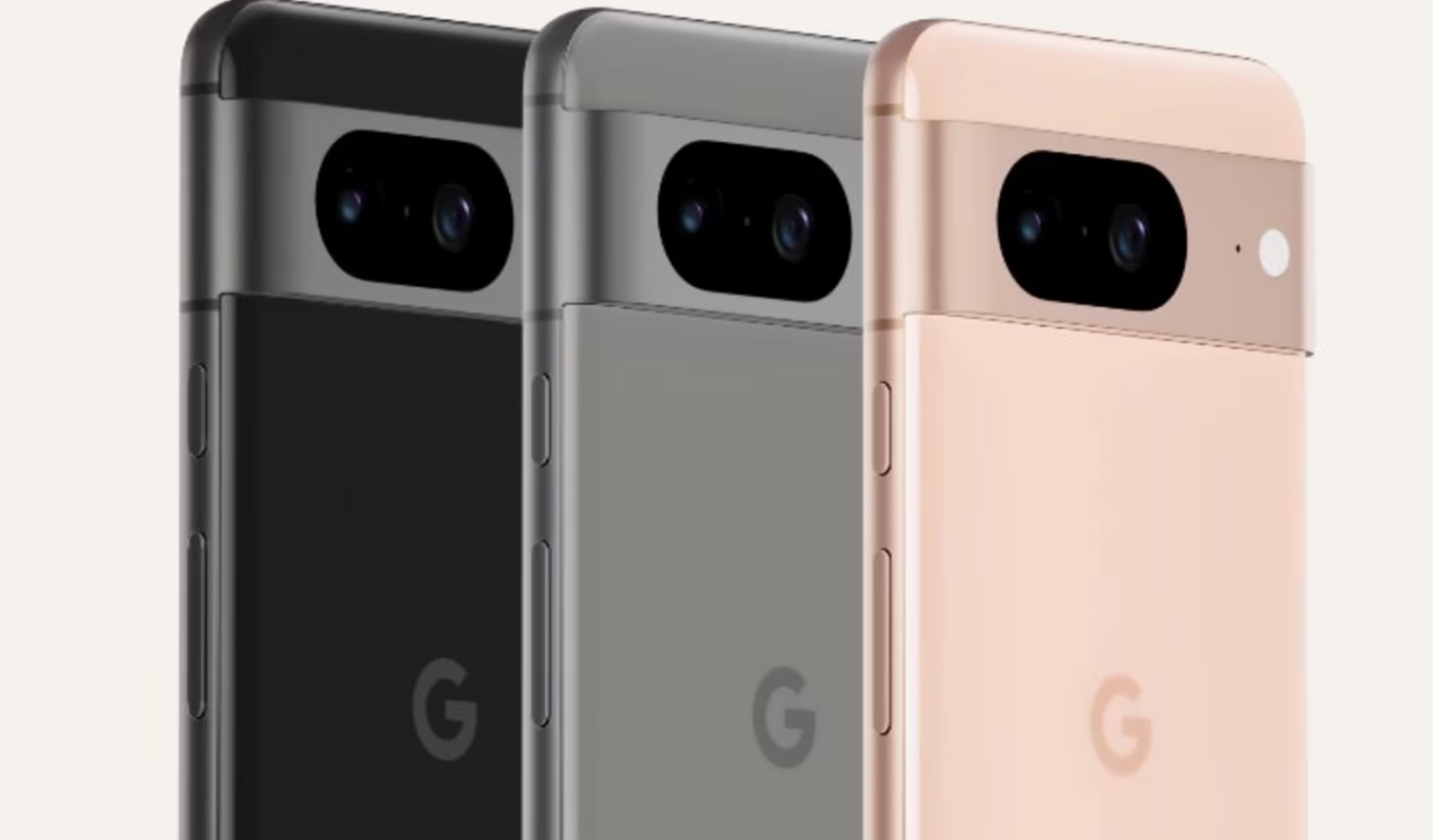
The Asus Zenfone 11 Ultra comes with a 5500 mAh battery and supports 65W wired charging and 15W wireless charging.
The Google Pixel 8 has a slightly smaller 4575 mAh battery1. It supports 27W wired charging and 18W wireless charging.
Conclusion
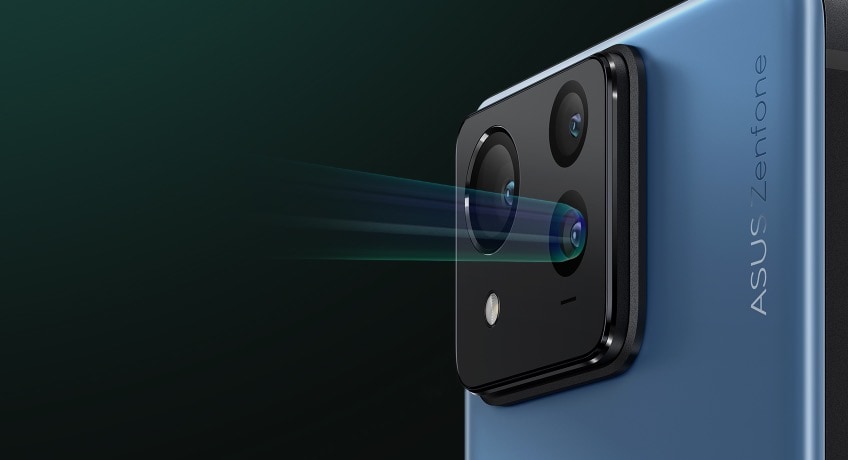
Both the Asus Zenfone 11 Ultra and the Google Pixel 8 are top-tier smartphones with their own strengths.
The Zenfone 11 Ultra stands out with its powerful performance and versatile camera system, while the Pixel 8 shines with its Google Tensor G3 chipset and compact design. Your choice between the two will depend on your specific needs and preferences.
Asus Zenfone 11 Ultra Specs
GENERAL
| Sim Type | Dual Sim, GSM+GSM |
| Dual Sim | Yes |
| Sim Size | Nano+Nano SIM |
| Device Type | Smartphone |
| Release Date | December 08, 2023 |
DESIGN
| Dimensions | 146.5 x 68.1 x 9.4 mm (5.77 x 2.68 x 0.37 in) |
| Colors | Eternal Black, Skyline Blue, Misty Gray, Verdure Green, and Desert Sienna |
DISPLAY
| Type | Color Super AMOLED Screen (16M Colors) |
| Touch | Yes |
| Size | 6.78 inches, 1080 x 2400 pixels, 144 Hz |
| Aspect Ratio | 20:9 |
| PPI | ~ 445 PPI |
| Screen to Body Ratio | ~ 84.8% |
| Glass Type | Corning Gorilla Glass Victus |
| Features | Always-on display, 4100nits Brightness |
| Notch | Yes, Punch Hole |
MEMORY
| RAM | 12 GB |
| Storage | 256 GB |
| Storage Type | UFS 4.0 |
| Card Slot | No |
CONNECTIVITY
| GPRS | Yes |
| EDGE | Yes |
| 3G | Yes |
| 4G | Yes |
| 5G | Yes |
| 5G Bands | 1, 2, 3, 5, 7, 8, 12, 20, 28, 38, 41, 77, 78 SA/NSA |
| VoLTE | Yes |
| Wifi | Yes, with wifi-hotspot |
| Wifi Version | Wi-Fi 7 |
| Bluetooth | Yes, v5.4, A2DP, LE, aptX HD, aptX Adaptive |
| USB | Yes, USB-C v2.0 |
| USB Features | USB on-the-go, USB Charging |
EXTRA
| GPS | Yes, with dual-band A-GPS, GLONASS, GALILEO, BDS, QZSS, NavIC |
| Fingerprint Sensor | Yes, In Display |
| Face Unlock | Yes |
| Sensors | Accelerator, Electronic Compass, Distance sensor, Light sensor, gyroscope scope , Hall sensor |
| 3.5mm Headphone Jack | Yes |
| NFC | Yes |
| Water Resistance | Yes, 1.5 m upto 30 min, IP65/IP68 |
| IP Rating | IP68 |
| Dust Resistant | Yes |
| Extra Features | Dual Stereo Speakers |
CAMERA
| Rear Camera | 50 MP 24mm, 1/1.56″, 1.0µm, multi-directional PDAF, gimbal OIS f/1.9 (Wide Angle) 32 MP (Telephoto) 13 MP 120°, 1/3.06″, 1.12µm f/2.2 (Ultra Wide) with autofocus |
| Features | Photo, Video, Portrait, Professional (supports RAW files), Professional Video, Light Track, Panorama, Night Scene, Time-Lapse/Slo-mo |
| Video Recording | 8K @ 24 fps UHD, 4K @ 30 fps UHD, 1080p @ 30 fps FHD |
| Flash | Yes, LED |
| Front Camera | Punch Hole 32 MP 1/3.2″, 0.7µm f/2.5 (Wide Angle) with Screen Flash |
| Front Video Recording | 1080p @ 30 fps FHD |
TECHNICAL
| OS | Android v14 |
| Chipset | Qualcomm Snapdragon 8 Gen3 |
| CPU | 3.3 GHz, Octa Core Processor |
| Core Details | 1xCortex-X4@3.3 GHz & 5xCortex-A720@3.2 GHz & 2x Cortex-A520@2.3 GHz |
| GPU | Adreno GPU |
| Java | No |
| Browser | Yes |
MULTIMEDIA
| Yes | |
| Music | Yes |
| Video | Yes |
| FM Radio | No |
| Document Reader | Yes |
BATTERY
| Type | Non-Removable Battery |
| Size | 5500 mAh, Li-Po Battery |
| Fast Charging | Yes, 65W Fast Charging |
| Wireless Charging | Yes, 15W |
| Reverse Charging | Yes, 5W |
GOOGLE PIXEL 8 KEY SPECIFICATIONS
Key Specs
| RAM | 8 GB |
| Processor | Google Tensor G2 |
| Rear Camera | 64 MP + 48 MP + 12 MP |
| Front Camera | 16 MP |
| Battery | 5000 mAh |
| Display | 5.8 inches (14.73 cm) |
General
| Launch Date | May 10, 2023 (Unofficial) |
| Operating System | Android v12 |
Performance
| Chipset | Google Tensor G2 |
| CPU | Octa core (2.85 GHz, Dual core, Cortex X1 + 2.35 GHz, Dual core, Cortex A78 + 1.8 GHz, Quad core, Cortex A55) |
| Architecture | 64 bit |
| Fabrication | 4 nm |
| Graphics | Mali-G710 MC10 |
| RAM | 8 GB |
Display
| Display Type | Super AMOLED |
| Screen Size | 5.8 inches (14.73 cm) |
| Resolution | 1080 x 2268 pixels |
| Pixel Density | 433 ppi |
| Screen to Body Ratio (calculated) | 79.46 % |
| Bezel-less display | Yes with punch-hole display |
| Touch Screen | Yes, Capacitive Touchscreen, Multi-touch |
Design
| Height | 150.5 mm Compare Size |
| Width | 70.8 mm |
| Thickness | 8.9 mm |
Camera
| MAIN CAMERA | ||
| Camera Setup | Triple | |
| Resolution | 64 MP f/1.9, Wide Angle, Primary Camera 48 MP f/3.5, Telephoto Camera 12 MP f/2.2, Ultra-Wide Angle Camera |
|
| Autofocus | Yes | |
| Flash | Yes, LED Flash | |
| Image Resolution | 9000 x 7000 Pixels | |
| Settings | Exposure compensation, ISO control | |
| Shooting Modes | Continuous Shooting High Dynamic Range mode (HDR) |
|
| Camera Features | Digital Zoom Auto Flash Face detection Touch to focus |
|
| Video Recording | 1920×1080 @ 30 fps | |
| FRONT CAMERA | ||
| Camera Setup | Single | |
| Resolution | 16 MP f/2.2, Ultra-Wide Angle, Primary Camera | |
| Video Recording | 1920×1080 @ 30 fps | |
Battery
| Capacity | 5000 mAh |
| Type | Li-Polymer |
| Removable | No |
| Quick Charging | Yes, Fast |
| USB Type-C | Yes |
Storage
| Internal Memory | 128 GB |
| Expandable Memory | No |
Network & Connectivity
| SIM Slot(s) | Dual SIM, GSM+GSM |
| SIM Size | SIM1: Nano, SIM2: eSIM |
| Network Support | 5G Not Supported in India, 4G Supported in India, 3G, 2G |
| VoLTE | Yes |
| SIM 1 |
4G Bands:
TD-LTE 2300(band 40)
FD-LTE 1800(band 3) 3G Bands:
UMTS 1900 / 2100 / 850 / 900 MHz
2G Bands:
GSM 1800 / 1900 / 850 / 900 MHz
GPRS:
Available
EDGE:
Available
|
| SIM 2 |
4G Bands:
TD-LTE 2300(band 40)
FD-LTE 1800(band 3) 3G Bands:
UMTS 1900 / 2100 / 850 / 900 MHz
2G Bands:
GSM 1800 / 1900 / 850 / 900 MHz
GPRS:
Available
EDGE:
Available
|
| Wi-Fi | Yes, Wi-Fi 4 (802.11 b/g/n) |
| Wi-Fi Features | Mobile Hotspot |
| Bluetooth | Yes, v5.2 |
| GPS | Yes with A-GPS, Glonass |
| USB Connectivity | Mass storage device, USB charging |
Multimedia
| Loudspeaker | Yes |
| Audio Jack | USB Type-C |
Sensors
| Fingerprint Sensor | Yes |
| Fingerprint Sensor Position | On-screen |
| Other Sensors | Light sensor, Proximity sensor, Accelerometer, Compass, Gyroscope |
FAQs
Which device has a better display, Asus Zenfone 11 Ultra or Google Pixel 8?
The Asus Zenfone 11 Ultra comes with a larger 6.78-inch FHD+ LTPO AMOLED display and a higher 144Hz refresh rate, making it potentially more appealing for users seeking a larger screen and smoother visuals.
What are the processing capabilities of the Asus Zenfone 11 Ultra and Google Pixel 8?
The Zenfone 11 Ultra is equipped with the high-performance Snapdragon 8 Gen 3 chipset, while the Pixel 8 runs on Google’s own Tensor G3 processor, each offering unique strengths, particularly in AI and machine learning for the Pixel.
How do the camera setups compare between the two phones?
The Asus Zenfone 11 Ultra boasts a versatile triple camera system for broader photography options, whereas the Google Pixel 8 maintains a strong focus on quality with its dual-camera setup, leveraging Google’s computational photography.
What battery features do the Asus Zenfone 11 Ultra and Google Pixel 8 offer?
The Zenfone 11 Ultra has a larger 5500mAh battery with faster 65W wired charging, while the Pixel 8 offers a 4575mAh battery with 27W wired charging, prioritizing efficient power management.
Which smartphone is better for gaming and heavy tasks?
With its Snapdragon 8 Gen 3 chipset and up to 16GB RAM, the Asus Zenfone 11 Ultra is potentially more suited for gaming and heavy multitasking compared to the Pixel 8, which focuses on efficient performance with its Tensor G3 chipset.
Also Read: Google Pixel 8 Pro Temperature Sensor for Enhanced Health Monitoring Explained
Also Read: Asus Zenfone 11 Ultra Launch Date Set for March 11th in Taiwan
Also Read: ASUS Zenfone 11 Ultra Spotted on Wireless Charging Certification Ahead of Global Launch
